‘Knock-knock,’ I chuckle to myself as I knock on the wooden closet, ‘the work on my next book is going so well, touch the wood!’ And ‘mum’s the word!’ ~ Am I being irrational by succumbing to a positive superstitious belief? Or do I actually improve my performance in a subsequent task by engaging in such credulous thoughts and behaviors? Never mind keeping to a rigorous writing schedule! It feels magical, so it’s got to be, right? 😉
I don’t think twice about touching wood, crossing my fingers, spitting three times, chewing on thread when sewing a garment I wear, or throwing a pinch of salt over my left shoulder if I bump over the salt shaker. We find ourselves participating in ancient protection rituals shrouded in mystery, our fingers brushing the grain of wood, summoning the unseen forces that dwell within.
Is it a hushed echo from before such a belief even existed? Is it to entice fortune’s favor or to repel misfortune’s clutches? Why do we reach for wood to ward off the evil?
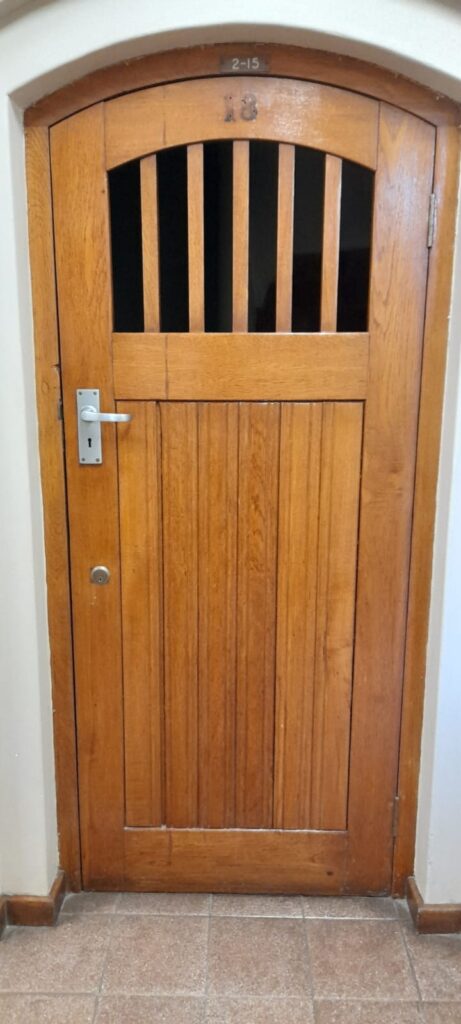
Knock-knock, Touch Wood!
Knock on wood is a positive superstition, like wearing a lucky charm or crossing your fingers. They reflect a desire to bring about positive outcomes or, at the very least, to avoid negative ones. On the other end of the spectrum are negative superstitions, such as seeing a black cat, breaking a mirror, or walking under a ladder, which reflect the belief that certain events or behaviors are associated with unlucky and potentially harmful outcomes.
A superstition is an irrational belief that an object, action, or circumstance unrelated to the course of events influences its outcome.
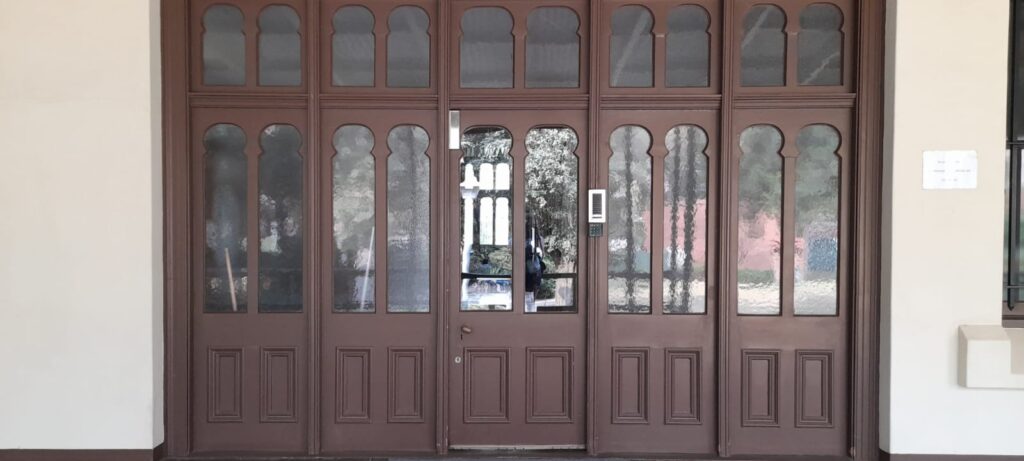
So, why do we (still) knock on wood, engaging in a strange dance with fate? (I know I do!)
As we watch the sands of time swirl, let us embark on a quest for knowledge. Our journey will take us through epochs and narratives illuminated by the flames of history. Perhaps we will be able to grasp the echo of a story once told, a gesture once performed in secrecy, and comprehend the hope once ignited in every touch of wood.
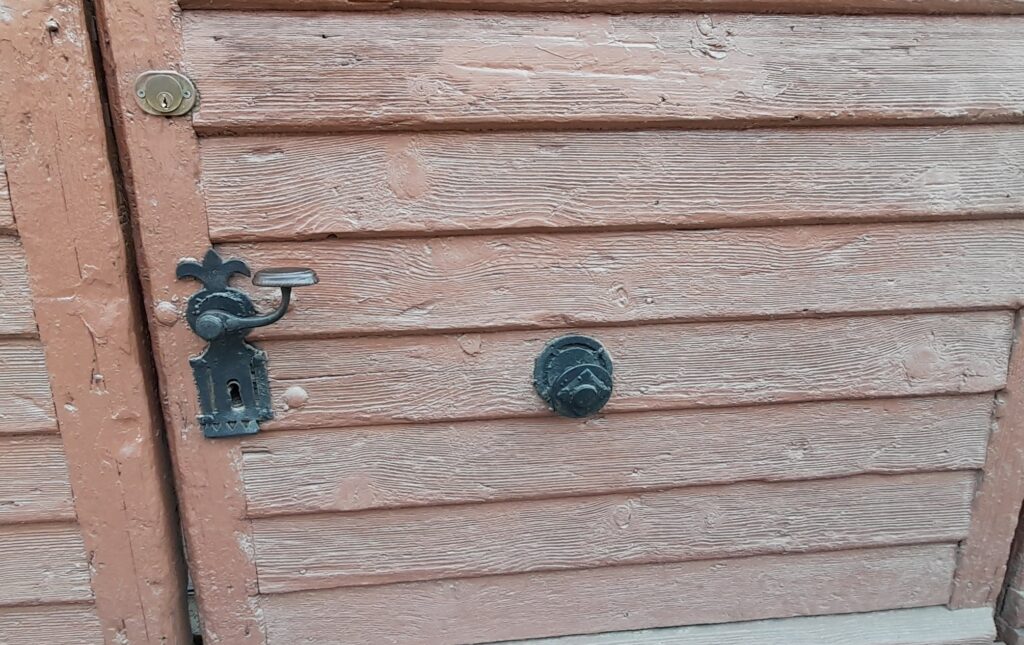
The Legend of the Fairy Tree
Once upon a time… a humble farmer stumbled upon the hallowed realm of a sacred Fairy Tree in the heart of an enchanted forest. Bewitched by its ethereal presence, he had treaded carefully, wary of summoning the dreaded specter of misfortune. Nonetheless, fate, that cunning puppeteer, had orchestrated a fateful moment. A careless nick, an unintentional breach, and the tree shivered in agony!
The honest farmer had bowed low, his heart as heavy as the morning mist, his words carried away by the whispering breeze. He had gently extended his trembling fingers to caress the wounded bough, as if guided by an unseen hand. And an otherworldly magic had begun to unfold the moment his fingertips had touched the ailing wood.
The benevolent fairies who had guarded this ancient arboreal sentinel had noticed the farmer’s sincerity. His humble gesture had been a symphony of respect in their eyes, a testament to his kinship with the natural world.
So, from that day forward, his fields, which had been tamed by the whims of fortune, had awoken with renewed vigor. Crops had erupted in a riot of color, and animals had frolicked with newfound zeal.
The miraculous transformation had spread like wildfire throughout the nearby hamlets and hills.
And so a tradition, a whispered legend among the wise and curious, had been born.
‘Oh, touch the wood,’ they had said, to express their admiration for the profound interplay of nature and the otherworldly.
A simple gesture laden with the weight of centuries.
A testament to the enduring bond between man and the mysteries that had danced just beyond the mortal veil.
Ever since.
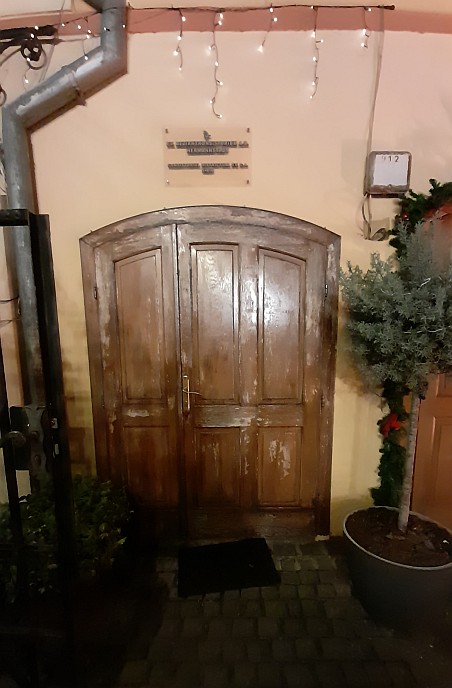
How far back in time can touch wood be traced?
Such whispers date back to pre-Christian times, when angry gods and benevolent spirits were said to reside in the hearts of trees. A gentle brush against the bark, a request for favor, an invocation of unseen forces.
Diverse cultures have etched reverence into the rugged forms of different trees throughout history, with the Druids, Greeks and Romans among oaks, the Scandinavians among ash, the Siberians among birch, the Romanians calling their fir trees as witnesses.
As the pendulum of time swung from pagan realms to monotheistic horizons, the tendrils of our story unfurled further.
“Knocking on wood” also referred to sharing a secret in old English folklore, as people would go into the isolated woods to talk privately and “knocked” on trees to hide their communication from evil spirits, who would thus be unable to hear through the knocking.
A whispered theory, passed down as if it were an age-old tale, tells of ‘touch wood’ being intertwined with the very heart of Christianity. In the tapestry of the Middle Ages relics and fragments of The True Cross stoked fervent devotion. Those who were fortunate enough to possess a relic would reach out and brush it, invoking safety and protection from harm.
A Mezuzah is a small decorative case attached to Jewish doorframes that houses a parchment scroll with a prayer. This practice satisfies a biblical commandment by reminding Jews of God’s presence and faith in His commandments. To connect with God, religious Jews touch and kiss the Mezuzah. Some secular Jews do this as well, viewing it as a good luck charm, which may give it a superstitious connotation. So much so that even though they were only taking part in a scientific experiment, mezuzah-kissing students were unwilling to not kiss the Mezuzah before an exam because the perceived risk of failing the exam due to not kissing the Mezuzah outweighed any reasonable compensation offered.
As we travel further in time, we see sailors navigating fate’s turbulent seas. They invoked the rhythmic pulse of wood against wood beneath the expanse of sky and salt, a sailor’s entreaty for providence’s favor amidst unruly waves.
And another facet emerges—a miner’s dance with fate. Miners struck the sturdy rock deep within the earth’s core. Miners cast their knocks upon the sturdy embrace of rafters, a whispered pact of safety and vigor against the haunting specter of decay.
Both miners’ and sailors’ customs of knocking on wood before descending underground or setting sail was (is?) meant to ensure the wood was strong enough not to endanger their lives.
In Turkey’s embrace, one tugs on an earlobe and bestows two knocks on wood. Italy unfolds its own riddle, inviting us to “touch iron,” a sentinel gesture defying fate’s audacious embrace.
There are variations of the “touch the wood” superstition in Eastern European folklore that revolve around protecting oneself from bad luck or warding off negative influences.
One example comes from Slavic traditions, where people would touch or knock on wood after making a positive statement about the future to avoid tempting fate. It was thought that speaking too positively could attract the attention of malevolent spirits or result in the opposite of what was desired. Individuals touched wood to counteract this potential jinx and keep their good fortune.
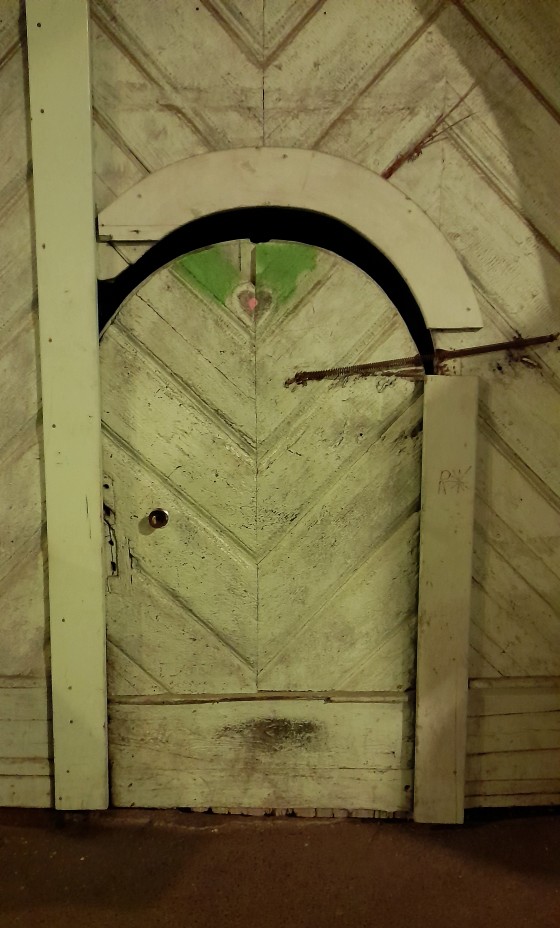
Touch Wood and the Sanctity of Wood in Romania
The essence of the tree, preserved in the form of firewood, a sacred stump, or wood carved by a skilled craftsman, keeps the traces of sacred trees and the mythical forest alive. In comparison to the coldness and indifference of stone or metal, wood is considered the quintessential material, filled with warmth and personality.
In Romania, for example, the sacredness of wood manifests itself in the preference for wooden houses, particularly in mountainous regions, veneration for old wooden churches, particularly those built from a single tree without the use of nails.
The cutting and transport of wood from the forest follows a ritualistic pattern in terms of timing, location, and the behavior of the woodcutter, someone as strong as an oak. These rules are especially important when selecting wood for a new home.
When wood is cut from a forest to build a house, nine pieces of wood are left uncut in the forest to rot. These are meant to be woodworm-infested and eaten by wood decay, so the wood taken home will remain strong.
Only then the wood meant for the house is taken.
The strongest log from a sacred tree (oak, beech, ash) will be used as the house’s main beam. This beam is revered as an embodiment of mythical ancestors. Plates, jugs, and towels are attached to it, each with a different symbolic meaning.
On the day children are born they are raised to touch this beam, wishing them to grow “this big.”
In fact, almost all of the furniture in a traditional Romanian home, as well as household utensils and wooden vessels, are imbued with magical and sacred forces derived from the sacred tree from which they were carved (linden, fir) and strengthened by their shape, ornamentation, and ritual uses.
I hope you enjoyed this intricate dance of symbolism and safeguarding rituals as we traveled through cultures and traditions. Our journey revealed that the pulse of history beats within each touch, knock, and whisper of wood’s secrets, from the playground’s mirthful cries to far-flung corners where wood becomes an unspoken talisman.

Shh, Mum’s the Word, etymology
Mum is a Middle English word that means silent and may be derived from the mummer, one who performs without speaking. Remember the similar English term mime (Old English “mima,” Latin “mimus”), which means a silent actor or imitator.

If you love architecture, traveling, and generally all things door-related, then head over to Dan Antion’s blog for the Thursday Doors feature!
Notable Source for Knock-Knock, Opening a Door on ‘Touch Wood’:
1. Kissing the mezuzah and cognitive performance: Is there an observable benefit? Kissing the mezuzah and cognitive performance: Is there an observable benefit? – ScienceDirect (2015), , doi:10.1016/j.jebo.2015.05.015.

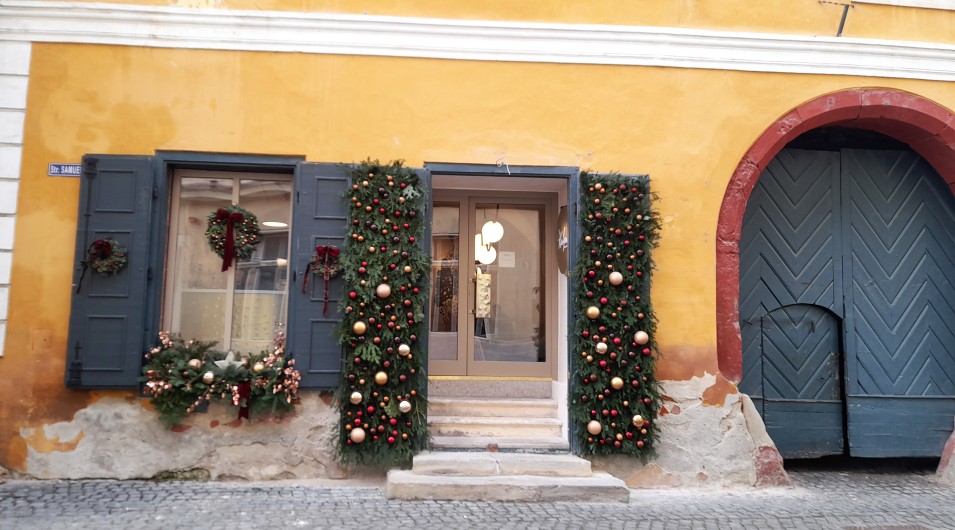
Patricia – I love this post! The doors are beautiful, especially the first one from UP, but they are all wonderful bits of craftsmanship. But the history and stories you shared are fantastic. I really enjoyed reading this. Thanks so much for sharing it with Thursday Doors.
My pleasure, Dan. UP has some pretty wonderful doors carved in various styles, a feast for a university.
My daughter took those photos. 🙂
Never thought much about the phrase “knock on wood.” You explained some of its origins very well. Good post! Thanks.
Ah, kind thanks, David.
Yes, pretty amazing if you consider how often one knocks on wood. I know my hand has a mind of its own in such situations!
Hi Patricia, this is a very interesting post. I am also quite superstitious and do some of the things you mentioned. My family comes from Bungay in the UK which is witch country – smile! It’s good to learn all this information about the expression knock on wood.
I am glad you enjoyed it, Roberta.
You have quite an ancestry!
I have to admit that I do knock on wood just as my mother did when I was growing up. So that superstition is alive and well in rural Indiana, USA! Thanks for all this history. It is so interesting!
Susan, thank you for sharing your story 😉 I am pleased to hear that my work resonated with you.
It makes me vrry happy to discover that, so far across the world, we share the same small, but meaningful beliefs.
Such an interesting post, Patricia! I didn’t know so many facts and history about the knock on wood superstition. I don’t consider myself a superstitious person, but I knock on wood, as I grew up seeing my parents and people around me do the knock on wood.
That’s how I also learned, Blanca 😉
Lovely to see you here again.
I love wooden doors. An excellent selection and thanks for the information too.. (K)
Kind thanks, Kerfe. I am glad they resonated with you. Yes, wooden doors have a tactile quality.